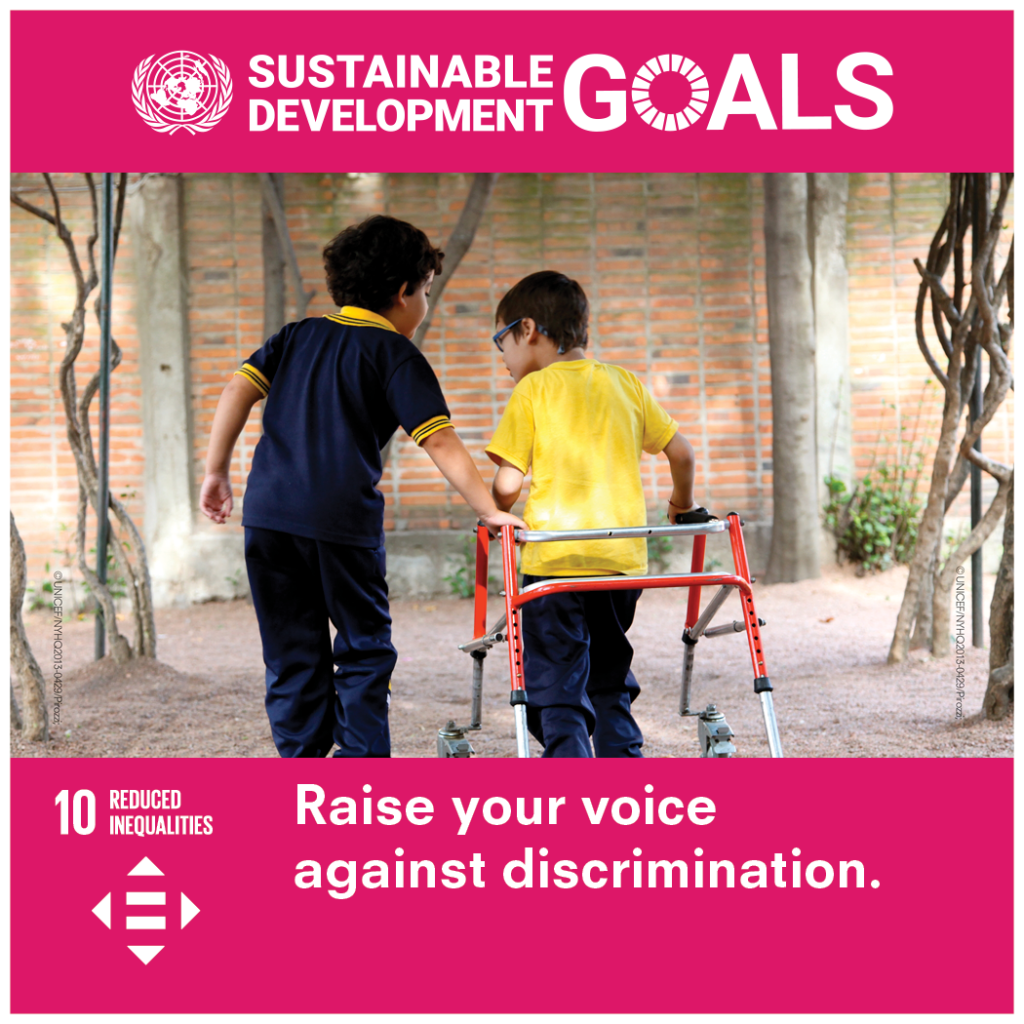No rain today – good news. Looks like I might be able to get some outdoor painting done this week.
Had a long walk this evening to look at the shops that were open in the village and how they were dealing with re-opening. As I walked past the graveyard all of the streetlights tripped. I saw a couple walking in the other direction – they looked a bit spooked. But I managed to resist doing a Zombie imitation. It really was tempting.
Tonight is SDG 10 “Reduce inequality within and among countries” the goal is is the goal.

The targets for this goal are:
- By 2030, progressively achieve and sustain income growth of the bottom 40 per cent of the population at a rate higher than the national average
- By 2030, empower and promote the social, economic and political inclusion of all, irrespective of age, sex, disability, race, ethnicity, origin, religion or economic or other status
- Ensure equal opportunity and reduce inequalities of outcome, including by eliminating discriminatory laws, policies and practices and promoting appropriate legislation, policies and action in this regard
- Adopt policies, especially fiscal, wage and social protection policies, and progressively achieve greater equality
- Improve the regulation and monitoring of global financial markets and institutions and strengthen the implementation of such regulations
- Ensure enhanced representation and voice for developing countries in decision-making in global international economic and financial institutions in order to deliver more effective, credible, accountable and legitimate institutions
- Facilitate orderly, safe, regular and responsible migration and mobility of people, including through the implementation of planned and well-managed migration policies
- Implement the principle of special and differential treatment for developing countries, in particular least developed countries, in accordance with World Trade Organization agreements
- Encourage official development assistance and financial flows, including foreign direct investment, to States where the need is greatest, in particular least developed countries, African countries, small island developing States and landlocked developing countries, in accordance with their national plans and programmes
- By 2030, reduce to less than 3 per cent the transaction costs of migrant remittances and eliminate remittance corridors with costs higher than 5 per cent
The good news is there are parts of this where we are doing well. Trump has been talking a lot about import duties. In the UK we have been discussing the same over BREXIT. When we look at the least developed countries they have preferential treatment in terms of duty-free treatment.
The bad news is that the top 1 % are getting progressively richer than the rest of the population. The countries failing most might surprise you – for example Canada is doing a lot worse than the USA. In 1980 the top 1% had 16% of the global income, the prediction is that, unless we change, this will increase to 39% by 2050 (currently we are well on the way to this).
One of the measures we can look at is the GINI ranking/index etc. But there are a few problems with it. You can look at it on wikipedia, or at the World bank, but I think the UN graph that shows the change over 15 years is better. Countries below the line are improving.
There is an interesting initiative called “Rise for all” that is worth learning about and campaigning for our government to support.
